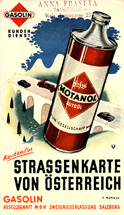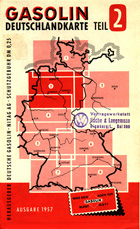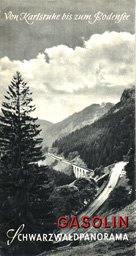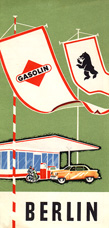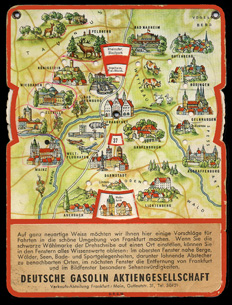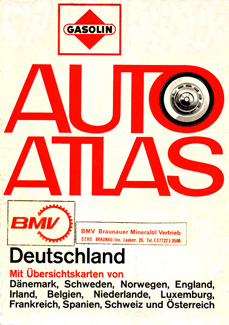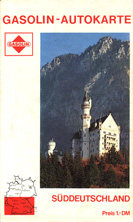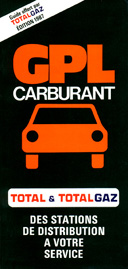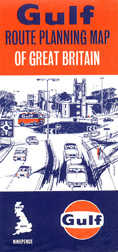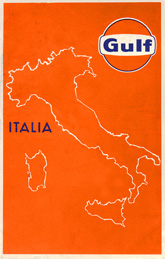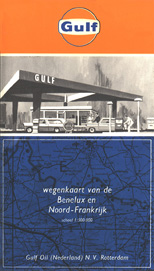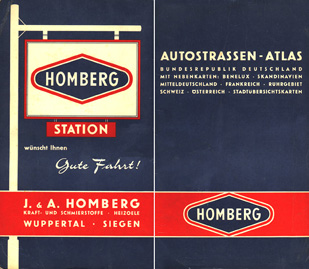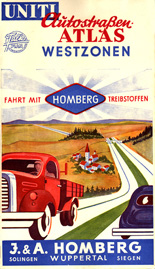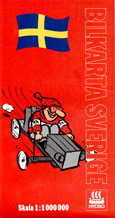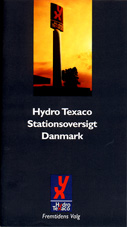Oil company maps – Europe and the British Isles – G-H

The Gasolin chain's roots can be traced to the Leuna subsidiary of Germany's I. G. Farben industrial conglomerate prior to World War II. Following war's end, the petroleum operation was spun off and adopted the Gasolin brand name. This map was issued in 1952.
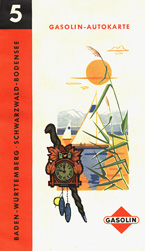
Gasolin was acquired by Aral in the Fifties but the Gasolin brand name remained in use until the stations were rebranded from the red and white Gasolin motif to Aral's blue and white in 1971.
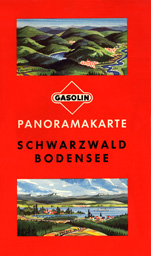
Also issued in 1961, this Gasolin map's cartography is panoramic in style rather than being a regular road map as with the other Gasolin issue depicted from the same period. The map is bound in a card stock cover and depicts the Schwarzwald (Black Forest) and Bodensee regions in southwestern Germany.

Gulf had a fairly strong presence in Scandinavia and other parts of northern Europe from the Fifties until the early Eighties. This map of southern Sweden was issued in 1965 shortly after the modernized Gulf logo had appeared in Europe. During the early Eighties, Gulf sold much of its European operations (including those in Sweden) to Kuwait Petroleum, which rebranded the stations with its phonetic Q8 name and attractive "sail" logo.
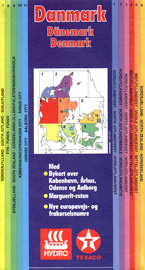
Originally the operator of hydroelectric power stations in Norway, Norsk Hydro expanded into petroleum production with the discovery of vast reserves of petroleum in the North Sea in the Seventies. Hydro's first significant entry into petroleum marketing was in neighboring Denmark, where it acquired and rebranded stations operated by the Uno-X independent. In 1995, Hydro acquired the Danish and Norwegian Texaco subsidiaries and merged them with its own operations. An unusual rebranding took place wherein both logos appeared on station signage and on advertising. This map of Denmark depicts the "twin logo".
